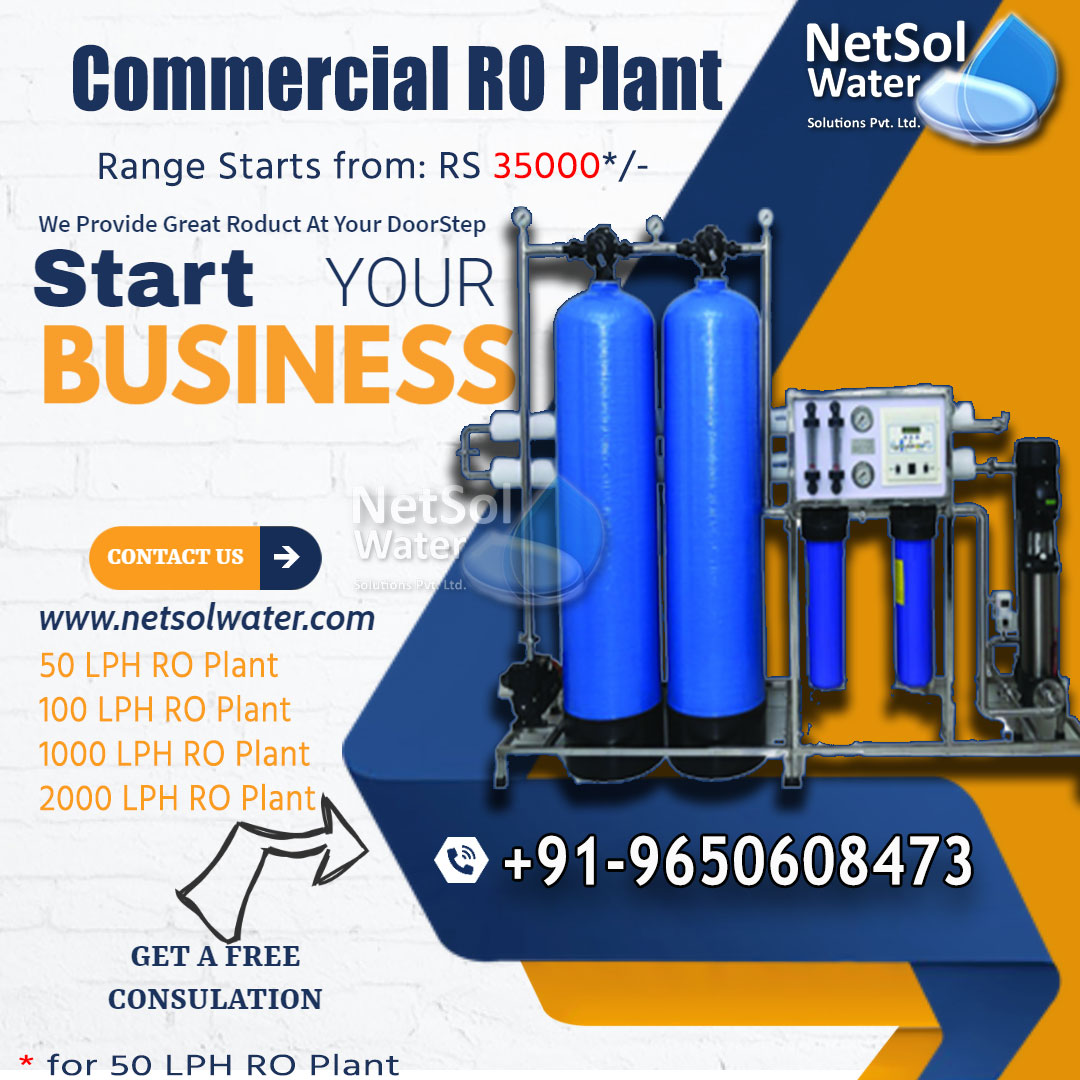What are the Operational Parameters for Commercial RO systems?
In the reclamation of wastewater, reverse osmosis (RO) is becoming more popular.
Pretreatment equipment design and care are critical to the success of any reverse osmosis operation. The low energy consumption of RO and the high rate of pollutant removal, as compared to other technologies, are the key motivation factors behind this. Furthermore, the dependability of these plants has substantially increased, providing developers confidence in the technology's capacity to provide high quality water.
This article discusses five operating parameters to consider when purchasing RO system.
1. Water Supply: The feedwater source for industrial reverse osmosis has a significant influence on the entire design of the unit, including the number of filtering stages necessary for pretreatment. In a reverse osmosis system, feedwater is usually prepared to eliminate impurities that might scale or clog the membranes.Water from a steady composition and temperature source, such as a groundwater supply, requires a less sophisticated pretreatment procedure than water from a seasonal or more complex source, such as surface water or wastewater.
2. Temperature and Flow Rate: Water temperature affects the flux rate, or the rate at which water moves across a membrane. Warm water passes through the membrane of a reverse osmosis system faster than cold water. The temperature of the water has an impact on membrane output and the ratio of concentrate to permeate. Solubility and organic growth of minerals are affected by water temperature.
3. Removal of contaminants: Another important parameter of RO system design for wastewater reclamation is the removal of pollutants. At a RO wastewater treatment facility, a variety of water components must be managed and measured. TDS, hardness, nitrates, nitrites, phosphates, silica, TOC, organic nitrogen, synthetic chemicals, medicines, pesticides, and boron are all examples of these. Ionic elements that can create scale in low and high pressure boilers, such as hardness, silica, and phosphates, are the main source of worry for industrial facilities.
4. Cost of wastewater treatment:The expense of wastewater treatment and disposal is steadily rising. For facilities where costs are becoming prohibitive, it may be more cost-effective to construct a wastewater RO system with additional stages to reduce wastewater to the smallest quantity practicable. Specialized Reverse Osmosis systems and additional equipment, like as crystallizers may be required in some "zero discharge" power producing plants.
5. Silt Density Index (SDI): Silt Density Index is a measure of the amount of silt. The SDI is a measurement of suspended particles and colloidal in feedwater taken on-site. It's utilized to keep track of how well the pretreatment equipment is working.
Pre- and post-multimedia filters, carbon filters, and post-cartridge filters should all be used to perform SDI measurements. Before building pre-treatment for reverse osmosis systems, feedwater should be examined using a silt density index test (SDI) in the field to avoid a loss of efficiency and downtime. However, due to the fact that many flocculants foul membranes permanently, caution must be used in selecting the flocculent and determining the proper dosage.
What can we offer?
To provide you with the right RO system for your business, get in touch with Netsol Water.
We are one of the leading water treatment company in India offering projects and services in the field of water and wastewater treatment plant manufacturing and servicing.




